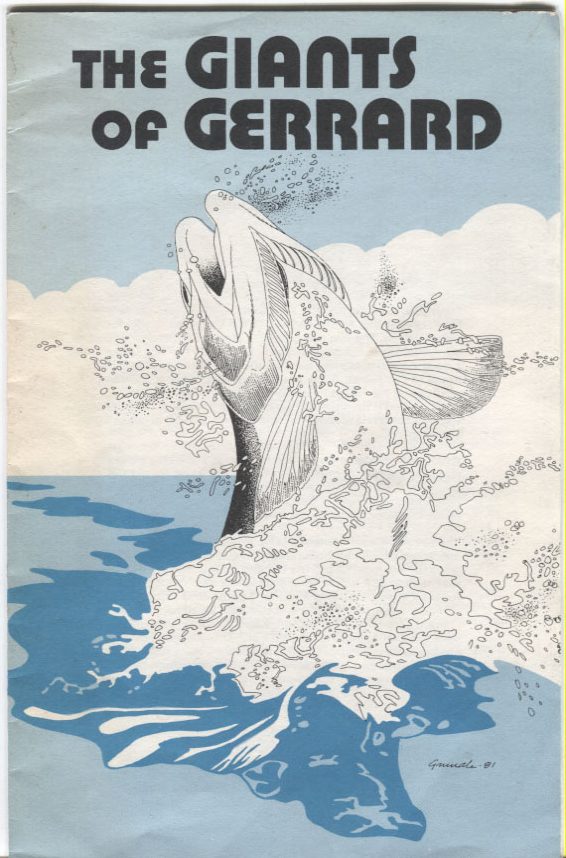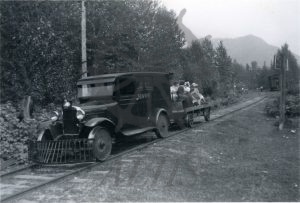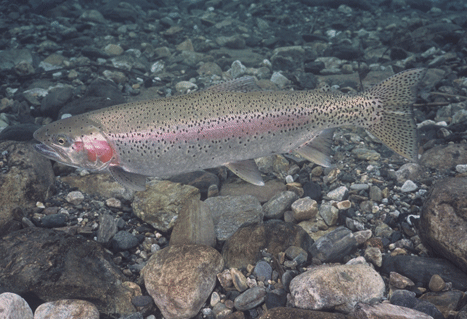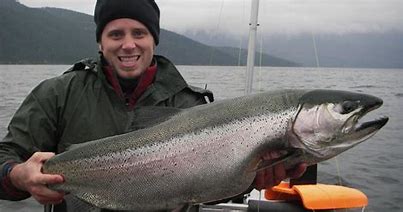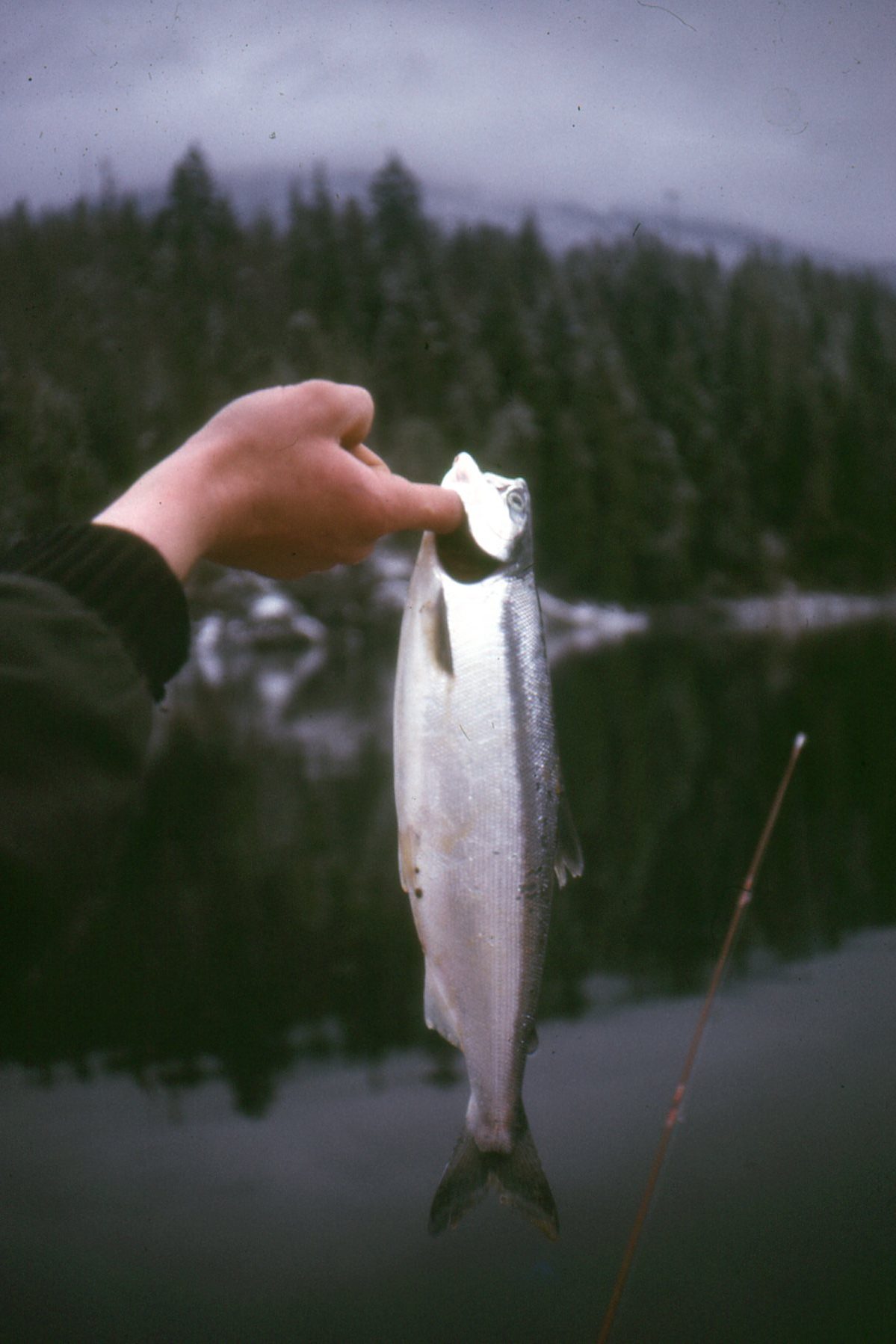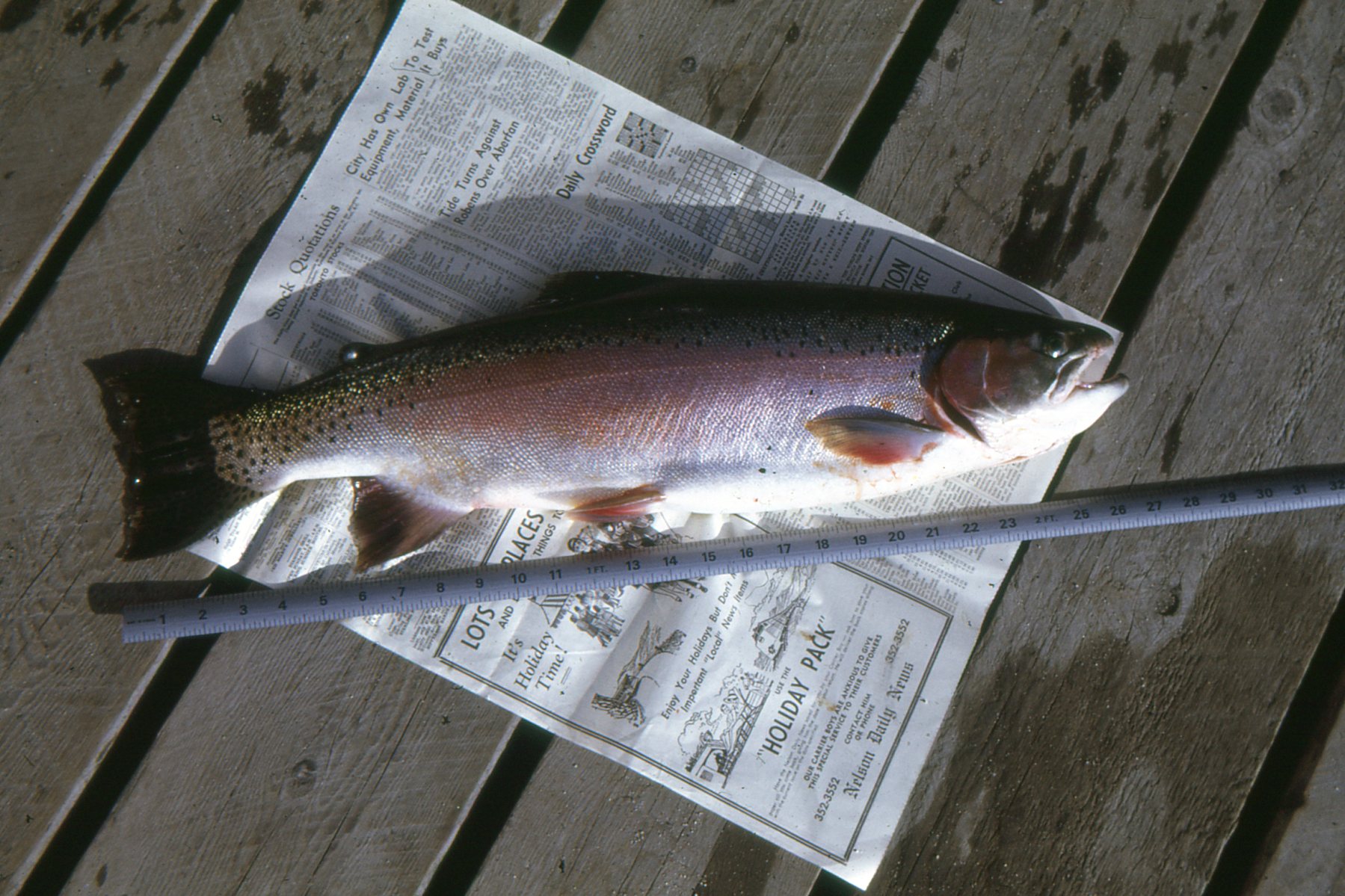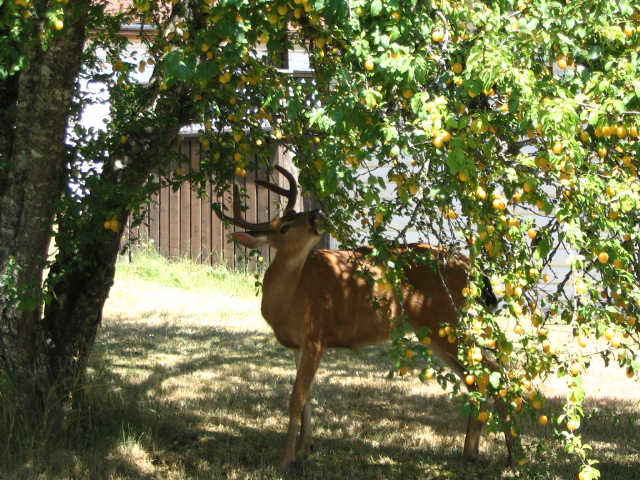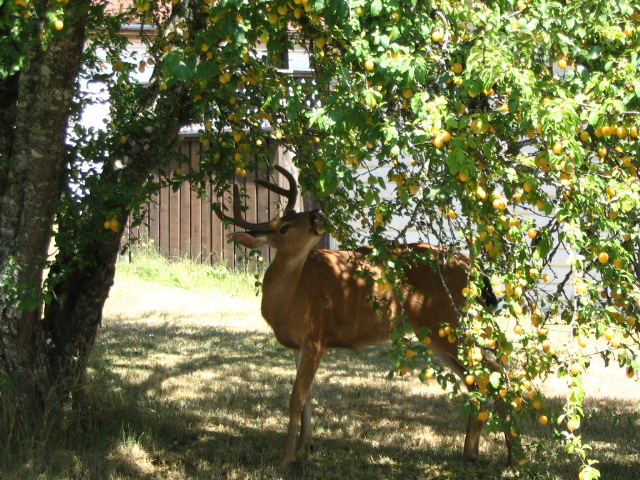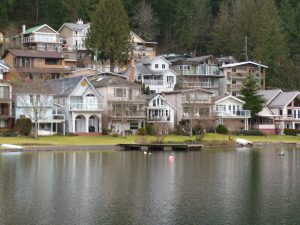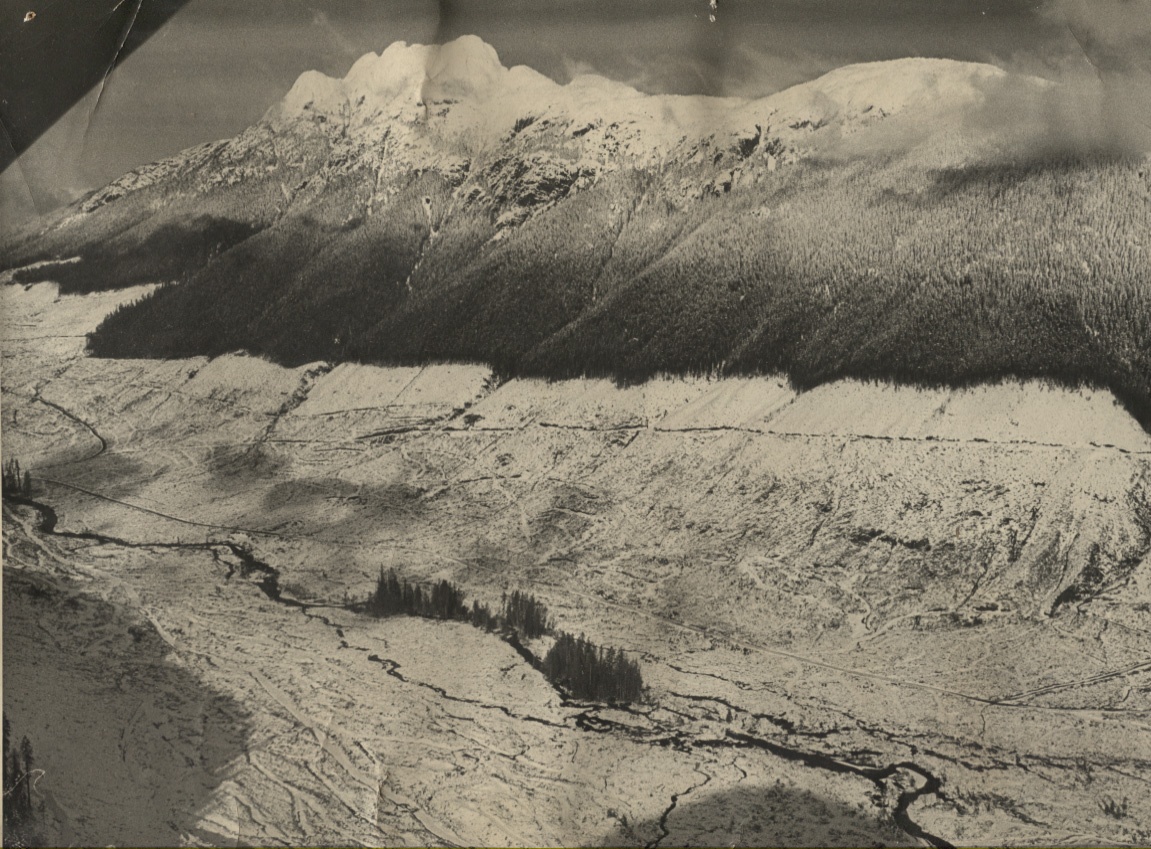ROCK AND ROLL COMES TO NELSON
I’ve been thinking about it for years and remembering how very exciting it was when rock and roll music started seeping into the Kootenays. The music may have come in a wild rush in other places but in the mountain girt fortresses of Kootenay towns like Nelson and Trail it just kind of edged its way into the collective consciousness. There was just one radio program that played popular music. It was called “the hit parade” and was on CBC on Saturdays. I recall that it wasn’t very popular and played mostly soft pre rock tunes by Teresa Brewer, Patty Page, Sonny James and the Four Lads. Nelson had a radio station but it wasn’t much for the teenage crowd either. It catered more to Sunday church goers but you might hear ‘How Much is that Doggy in the Window’ or some nice Christmas tunes if you were lucky. Nelson was not one of those towns where preachers warned against“the devils” music and ranted about sin and damnation from the pulpit. I sometimes wonder why this was so. Like most places in Canada, Nelson was not a place for hell fire preachers and the most popular rockers in these parts were not the sinister hide your daughters- in –the- closet boys like Elvis or Eddie Cochran but a pleasant middle aged fellow with a kiss curl – Bill Haley and his Comets. They played innocent songs like Rock Around the Clock, See You Later Alligator and Shake Rattle and Roll. There was only a few other ‘acceptable’ musicians around. Pat Boone was a favorite of my cousin Peggy and I even liked some of his songs. He was no threat to anyone and would probably take your daughters to church.
It wasn’t long before the next wave hit the Kootenays and it rammed hard and
loud. The second wave brought the likes of Elvis Presley, Chuck Berry, the Everly Brothers, Fats Domino, Little Richard and Jerry Lee Lewis Gangs of leapers and screamers. Sam Phillips once said that if someone came along that sung black music but was white, that music would take over. For several years, I thought Elvis was a black man. And then I saw one of his album covers. His music certainly did take over the airwaves as he pumped out an endless load of hits. Some local guys jumped on and were quite talented Muggsy Holmes did well by doing Elvis and Buddy Holly tunes. Muggs went on to become an Elvis Impersonator. He was very good.
This second wave was very strong in some ways the strongest and most durable but it was not strong enough to fend off the next or third wave which featured the Beatles and the Rolling Stones along with a host of other British bands: the Animals, Dave Clark Five and the Yard birds which would morph into Led Zeppelin
Never mind the great American groups that quickly came on stream. Jefferson Airplane, Neil Young, Beach Boys and the like.
After that the music headed off in many different directions , some of it was very good but is was not the same and never will be again. It is old hat now. The excitement of new young music that could make you jump out of your wheel chair and race around the living room or dance floor has faded into a kind of quick sand of sameness and what has tried to edge into the void left by the great rockers is a horrid mess of non music called hip hop or rap. Nothing but a racket
Good for pulling teeth or drowning out the sounds of war.
But that is likely what our parents thought of rock and roll so perhaps a kind of acceptance will eventually come. It will take a long time for me.
Ted Burns
December 2022
ROCK AND ROLL COMES TO NELSON
I’ve been thinking about it for years and remembering how very exciting it was when rock and roll music started seeping into the Kootenays. The music may have come in a wild rush in other places but in the mountain girt fortresses of Kootenay towns like Nelson and Trail it just kind of edged its way into the collective consciousness. There was just one radio program that played popular music. It was called “the hit parade” and was on CBC on Saturdays. I recall that it wasn’t very popular and played mostly soft pre rock tunes by Teresa Brewer, Patty Page, Sonny James and the Four Lads. Nelson had a radio station but it wasn’t much for the teenage crowd either. It catered more to Sunday church goers but you might hear ‘How Much is that Doggy in the Window’ or some nice Christmas tunes if you were lucky. Nelson was not one of those towns where preachers warned against“the devils” music and ranted about sin and damnation from the pulpit. I sometimes wonder why this was so. Like most places in Canada, Nelson was not a place for hell fire preachers and the most popular rockers in these parts were not the sinister hide your daughters- in –the- closet boys like Elvis or Eddie Cochran but a pleasant middle aged fellow with a kiss curl – Bill Haley and his Comets. They played innocent songs like Rock Around the Clock, See You Later Alligator and Shake Rattle and Roll. There was only a few other ‘acceptable’ musicians around. Pat Boone was a favorite of my cousin Peggy and I even liked some of his songs. He was no threat to anyone and would probably take your daughters to church.
It wasn’t long before the next wave hit the Kootenays and it rammed hard and
loud. The second wave brought the likes of Elvis Presley, Chuck Berry, the Everly Brothers, Fats Domino, Little Richard and Jerry Lee Lewis Gangs of leapers and screamers. Sam Phillips once said that if someone came along that sung black music but was white, that music would take over. For several years, I thought Elvis was a black man. And then I saw one of his album covers. His music certainly did take over the airwaves as he pumped out an endless load of hits. Some local guys jumped on and were quite talented Muggsy Holmes did well by doing Elvis and Buddy Holly tunes. Muggs went on to become an Elvis Impersonator. He was very good.
This second wave was very strong in some ways the strongest and most durable but it was not strong enough to fend off the next or third wave which featured the Beatles and the Rolling Stones along with a host of other British bands: the Animals, Dave Clark Five and the Yard birds which would morph into Led Zeppelin
Never mind the great American groups that quickly came on stream. Jefferson Airplane, Neil Young, Beach Boys and the like.
After that the music headed off in many different directions , some of it was very good but is was not the same and never will be again. It is old hat now. The excitement of new young music that could make you jump out of your wheel chair and race around the living room or dance floor has faded into a kind of quick sand of sameness and what has tried to edge into the void left by the great rockers is a horrid mess of non music called hip hop or rap. Nothing but a racket
Good for pulling teeth or drowning out the sounds of war.
But that is likely what our parents thought of rock and roll so perhaps a kind of acceptance will eventually come. It will take a long time for me.
Ted Burns
December 2022
